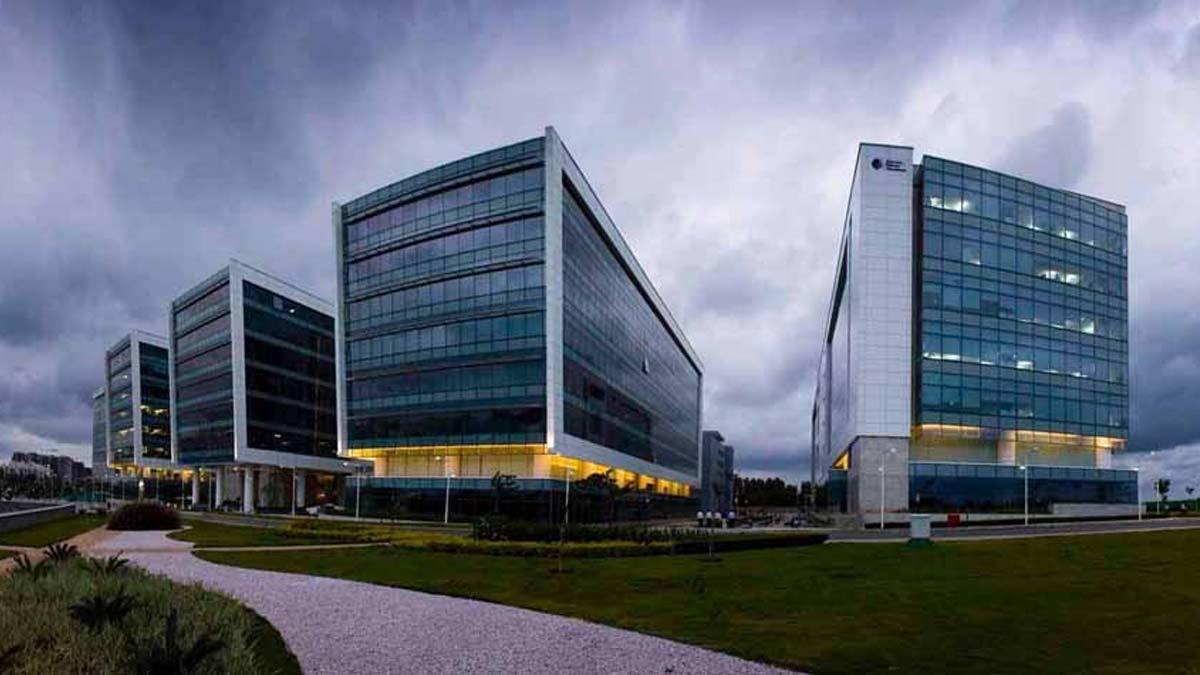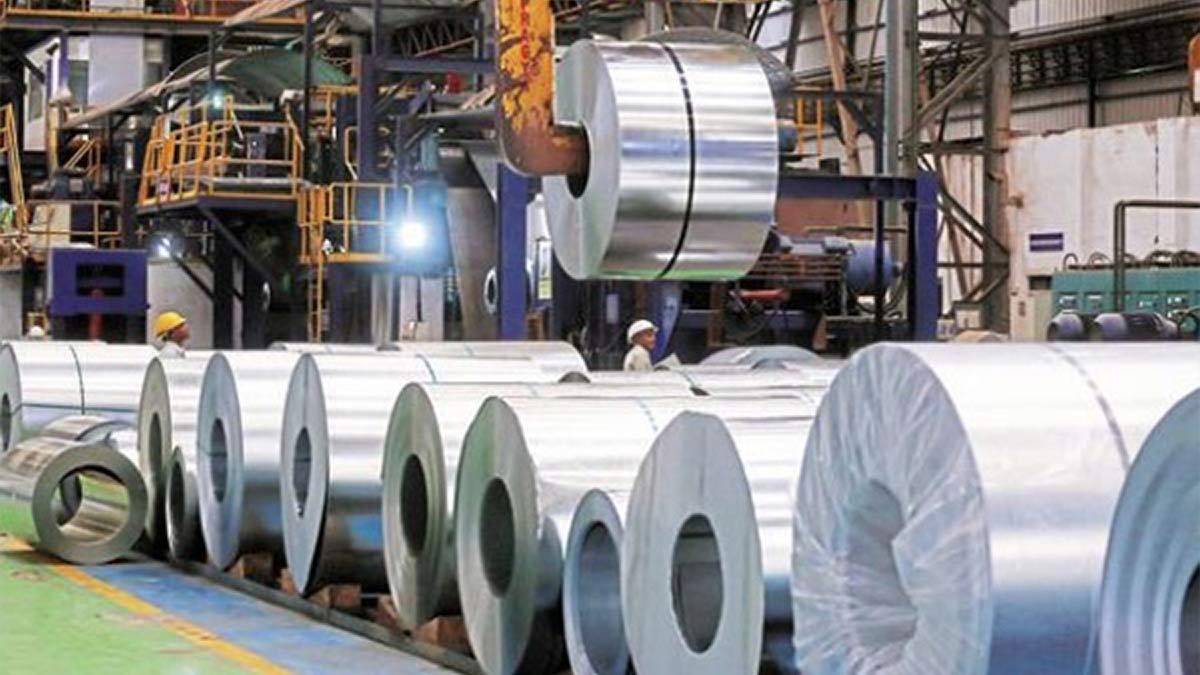Domestic sales of Compressed Natural Gas (CNG) vehicles in India are expected to hit 1.1 million units by the end of the ongoing financial year, driven by the government's continued thrust on pushing cleaner fuel options, as per a Crisil report published on Wednesday.
With this boom, the number of CNG vehicles on Indian roads is likely to touch 7.5 million—almost three times the 2.6 million in fiscal 2016—equating to a Compound Annual Growth Rate (CAGR) of around 12%, according to the report.
A prime force behind such growth has been the sheer increase in CNG infrastructure at a fast pace. The fill stations are projected to cross 7,400, a dramatic rise from merely 1,081 in fiscal 2016, with a tremendous CAGR of 24%.
The report also points out that the rising popularity of CNG passenger cars has pushed their proportion in the overall passenger vehicle market to 15-16% at the end of this fiscal from merely 5.6% in fiscal 2016.
More than 30 CNG car models available today, compared to single-digit choices a couple of years ago, have been a key factor in driving consumer acceptance by meeting different tastes.
In the commercial vehicle segment, CNG adoption is also picking up pace, with penetration at 10-11%, led by cost benefits and increased availability of options.
Likewise, the two-wheeler segment is also seeing a consistent rise in CNG adoption after the launch of appropriate models.
The three-wheeler segment, with CNG penetration at 28-29%, is however seeing increasing competition from Electric Vehicles (EVs), the report says.
Demand for CNG increased along with sales of vehicles and witnessed a CAGR of nearly 13% from fiscal year 2016 to 2025.
The geographical diversification of distribution is an emerging trend in the growth of CNG infrastructure. The market share of the top five states, which controlled more than 90% of the market during fiscal 2016, declined to 55% in fiscal 2025 as new designated areas are increasingly picking up momentum.
Filling station congestion will also alleviate, with vehicles per station reducing by almost half from fiscal 2016, making customers happier and the operation more efficient.
In the future, sustained growth in city infrastructure in metropolitan cities such as Chennai and throughout tier-II markets is projected to drive CNG sales volumes upwards and, thereby, adoption of CNG vehicles.
However, the report advises that the CNG market may be affected by constraints like poor availability of competitively priced domestic natural gas and growing competition from other fuels.
Furthermore, recent shifts in the Administered Pricing Mechanism (APM) gas allocation to CNG have brought uncertainty. The allocation decreased from 68% to 51% in October 2024, subsequently dropped to 37% in November 2024, and then revised to 50% in January 2025. This has increased the cost of gas procurement for city gas distributors.
APM gas allotment means supply of natural gas on a regulated basis to city gas distributors (CGDs), utilizing the same for critical uses such as piped natural gas (PNG) and compressed natural gas (CNG).
Read also| Trump Set to Announce Tariffs on Cars, Chips, and Pharmaceuticals Within a Month


















